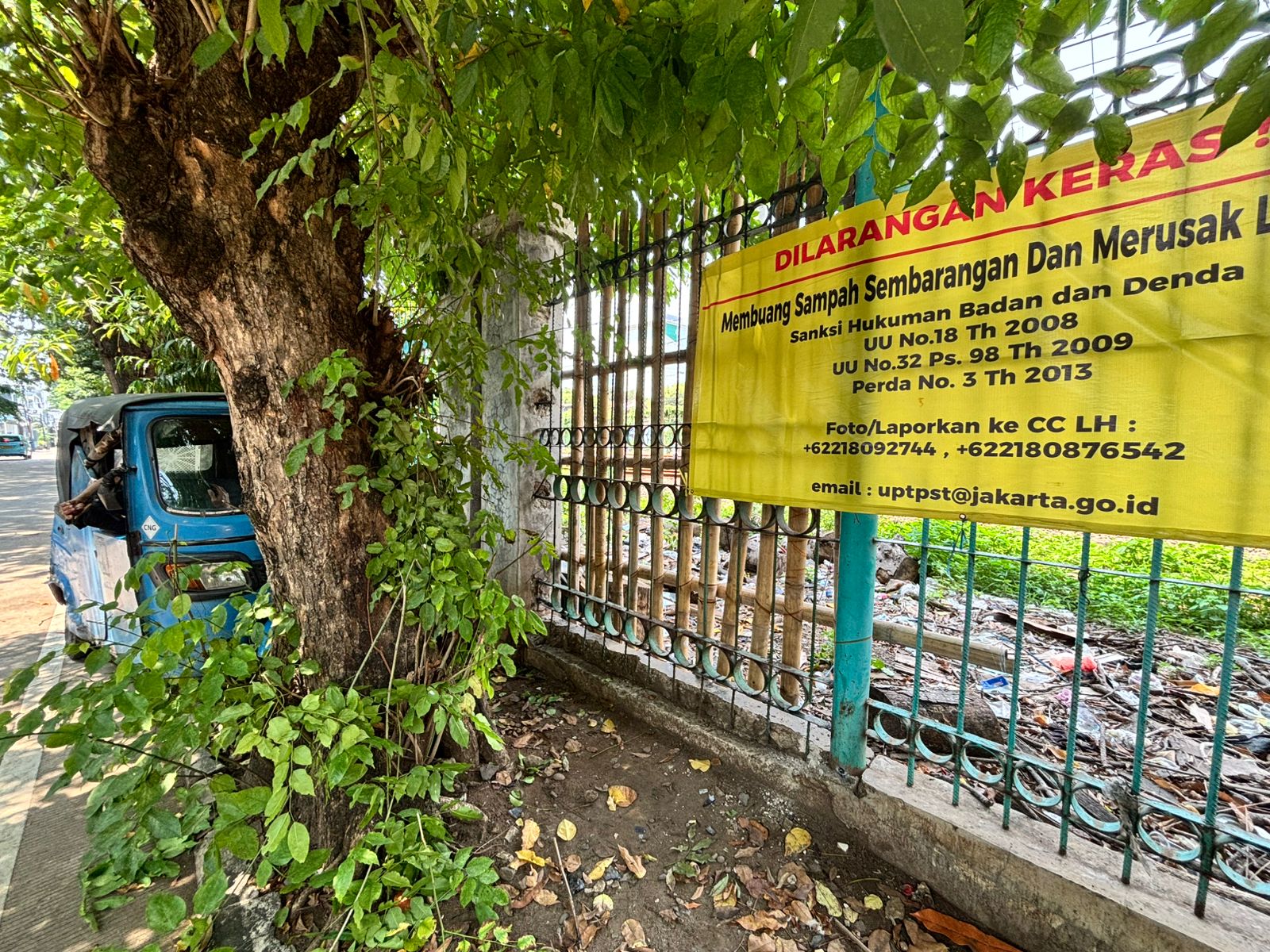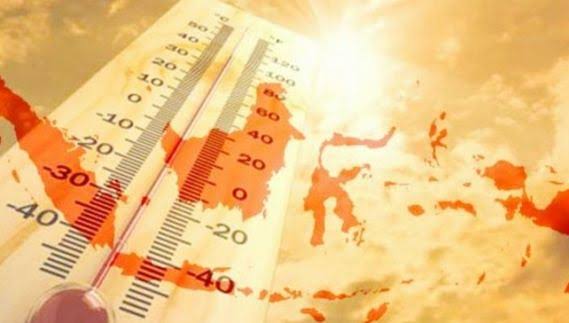Contents:

It is a metric for the speed and amount of movement for underlying asset prices. Cognizance of volatility allows investors to better comprehend why option prices behave in certain ways. Another premium influencing factor is the time value of the option, or the amount of time until the option expires. A short-dated option often results in low implied volatility, whereas a long-dated option tends to result in high implied volatility. The difference lays in the amount of time left before the expiration of the contract.


- It gives traders an idea of how far the price may deviate from the average.
- It’s based on how the security is behaving in the market and what’s happening with supply and demand around that particular stock option.
- As expectations rise, or as the demand for an option increases, implied volatility will rise.
- Historical volatility is often calculated annually, but because it constantly changes, it can also be calculated daily and for shorter time frames.
IV rank defines where current implied volatility is compared to implied volatility over the past year. My preference is short Vega trades; I find them much easier to manage than positions that slowly lose money each day due to time decay. However, patient traders who wait for these events before initiating short Vega trades can do very well. Such things as a bad economic report, like GDP coming in well below expected, or a currency crisis, can result in a short, sharp spike in volatility, as traders panic and begin to close out positions.
Trend Trading
In other words, as long as the underlying stock is between $194 a share and $229 a share at the time the shorter-term option expires , this trade will show a profit. Likewise, barring any changes in volatility, the maximum profit potential for this trade is $661. This will only occur if the stock happens to close exactly at the strike price for both options at the close of trading on the day that the option sold expires. Optiontrading strategies offer traders and investors the opportunity to profit in ways not available to those who only buy or sell short the underlying security.

This https://trading-market.org/ strategy minimizes risk while maximizing the probability of profit, helping traders earn a consistent income. It is effectively a gauge of future bets investors and traders are making on the direction of the markets or individual securities. While variance captures the dispersion of returns around the mean of an asset in general, volatility is a measure of that variance bounded by a specific period of time.
How implied volatility can help you estimate potential range of movement on a stock
All option pricing models assume “log normal distribution” whereas this section uses “normal distribution” for simplicity’s sake. In theory, there’s a 68% probability that a stock trading at $50 with an implied volatility of 20% will cost between $40 and $60 a year later. There’s also a 16% chance it will be above $60 and a 16% chance it will be below $40.
For the short position, vega would have the exact opposite effect, where a 1-point increase in volatility would decrease the value of the short option by $10. The Black-Scholes formula calculates only a theoretical price for a call premium; the theoretical price for a put premium can be calculated through the put-call parity relationship. However, the actual value — the market price — of an option premium is determined by the instantaneous supply and demand for the option.
Realized Volatility
All reviews, research, https://forexarena.net/ and assessments of any kind on The Tokenist are compiled using a strict editorial review process by our editorial team. Neither our writers nor our editors receive direct compensation of any kind to publish information on tokenist.com. Our company, Tokenist Media LLC, is community supported and may receive a small commission when you purchase products or services through links on our website.
The same can be said for spreads – debit spreads will benefit from increased volatility, while credit spreads will benefit from decreased volatility. Of all the different aspects of trading options that you need to grasp, this one is the most crucial. Skylar Clarine is a fact-checker and expert in personal finance with a range of experience including veterinary technology and film studies. The Cboe Volatility Index, or VIX, is an index created by Cboe Global Markets, which shows the market’s expectation of 30-day volatility. The offers that appear in this table are from partnerships from which Investopedia receives compensation.
Vega—an option Greek can determine an option’s sensitivity to implied volatility changes. Keep in mind that as the stock’s price fluctuates and as the time until expiration passes, vega values increase or decrease, depending on these changes. This means an option can become more or less sensitive to implied volatility changes. Another form of volatility that affects options is historic volatility , also known as statistical volatility.
FB is a great example as to why we avoid https://forexaggregator.com/ reports…a 20% decline in 1-day resulting from a disappointing report. The mark on it is $4,25 so that buyer is already down $1.66 or 28% on that speculative option buy. Plus he is in the steep part of the Theta curve and NOW is down today when the indexes are up. When initiating new positions, consider the stocks in the “white cells” of our premium reports. When the market jumps higher, especially after it had been moving lower, all fear of a bear market disappears and an option’s premium undergoes a significant and immediate decline. After all, the #1 stock is the cream of the crop, even when markets crash.

Implied volatility is determined mathematically by using current option prices and the Binomial option pricing model. The resulting number helps traders determine whether the premium of an option is “fair” or not. It is also a measure of investors’ predictions about future volatility of the underlying stock. Implied volatility rises when the demand for an option increases, and decreases with a lesser demand.
Russell 2000 Futures
Samantha Silberstein is a Certified Financial Planner, FINRA Series 7 and 63 licensed holder, State of California life, accident, and health insurance licensed agent, and CFA. She spends her days working with hundreds of employees from non-profit and higher education organizations on their personal financial plans. Volatility measures how much the price of a security, derivative, or index fluctuates. By extension, that also means there’s only a 32% chance the stock will be outside this range. 16% of the time it should be above $60, and 16% of the time it should be below $40.
An IV percentile of 60 means that 60% of the time IV was below the current level over the past year. Implied volatility is forward-looking and represents the expected volatility in the future. Furthermore, this increase would have made the March 190 Call the most profitable of the three. In reality, however, as shown in Exhibit 1, the March 190 Call actually lost money and was the worst performing of the three calls analyzed. The advantage of long Vega trades is the huge potential to profit in a short period of time once volatility does spike.
In finance, it represents this dispersion of market prices, on an annualized basis. If prices are randomly sampled from a normal distribution, then about 68% of all data values will fall within one standard deviation. Ninety-five percent of data values will fall within two standard deviations (2 x 2.87 in our example), and 99.7% of all values will fall within three standard deviations (3 x 2.87). In this case, the values of $1 to $10 are not randomly distributed on a bell curve; rather. Despite this limitation, traders frequently use standard deviation, as price returns data sets often resemble more of a normal distribution than in the given example.
That means your breakeven for the shares would be $91.50, a full 5 points higher than the high IV environment’s strike. In a low IV environment, the same strike might only be trading for $3.50, which is half the extrinsic value compared to the high IV environment. This means you get only half of the maximum profit, and half of the breakeven reduction against the strike. This may be something like 1-3 days in a row moving in the same direction. Going out to 2SD would certainly have fewer occurrences and would track something like 4-7 days in a row moving in the same direction. 3SD would encompass the fewest occurrences of 7+ days in a row moving in the same direction.













Tinggalkan Balasan